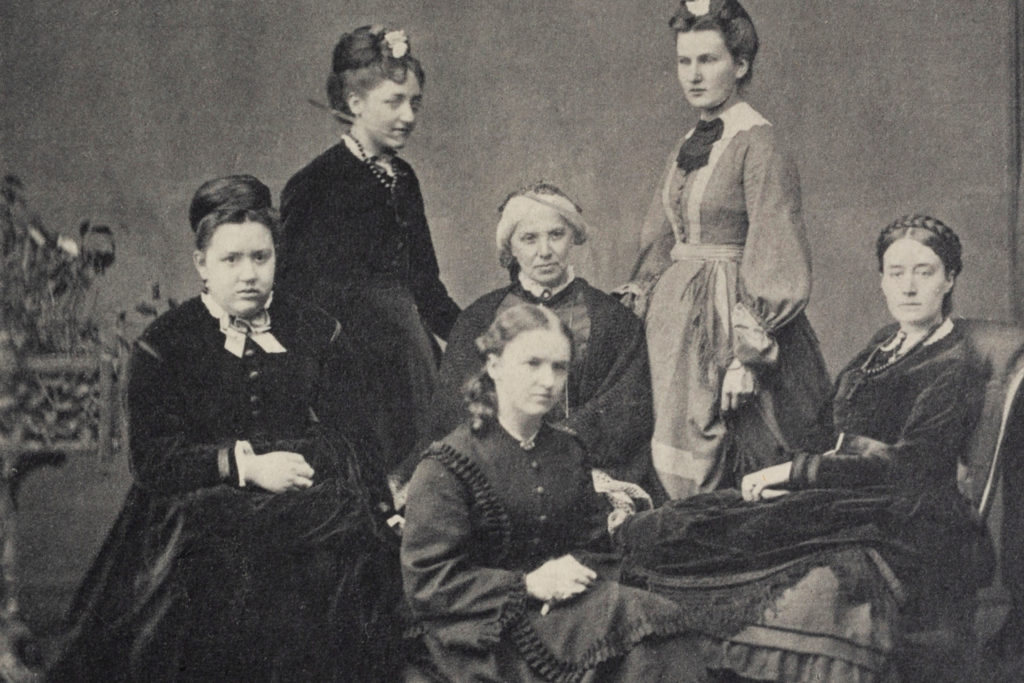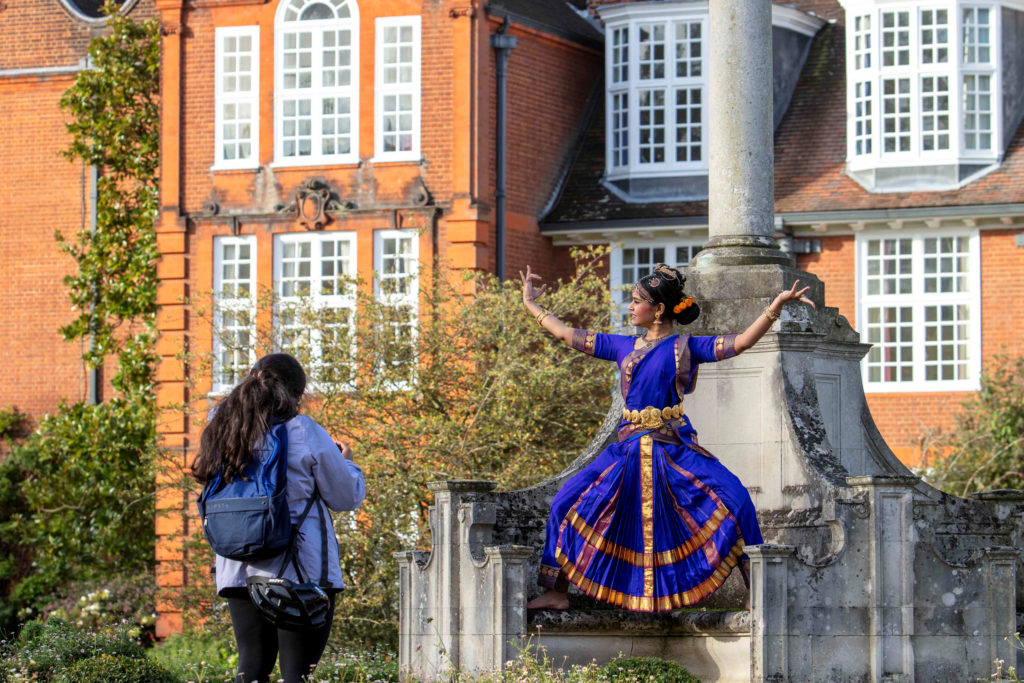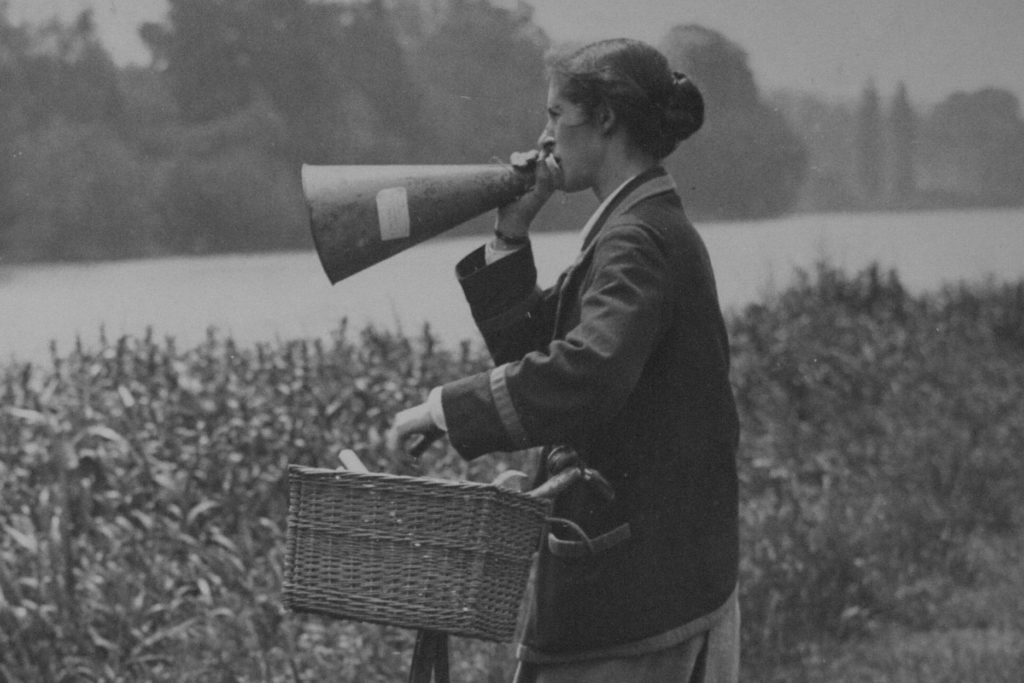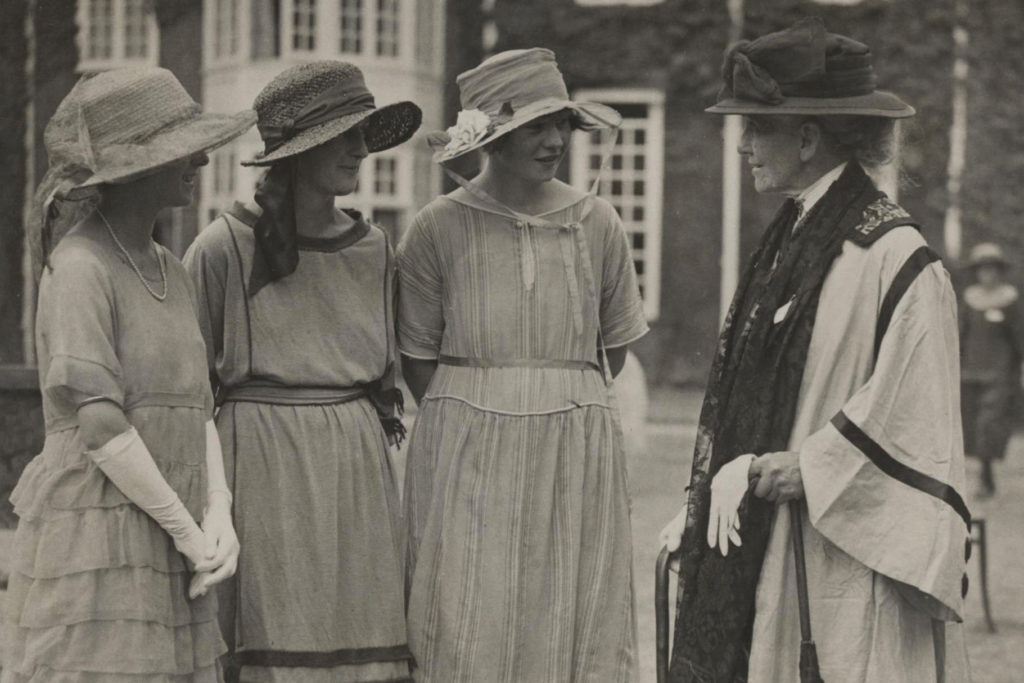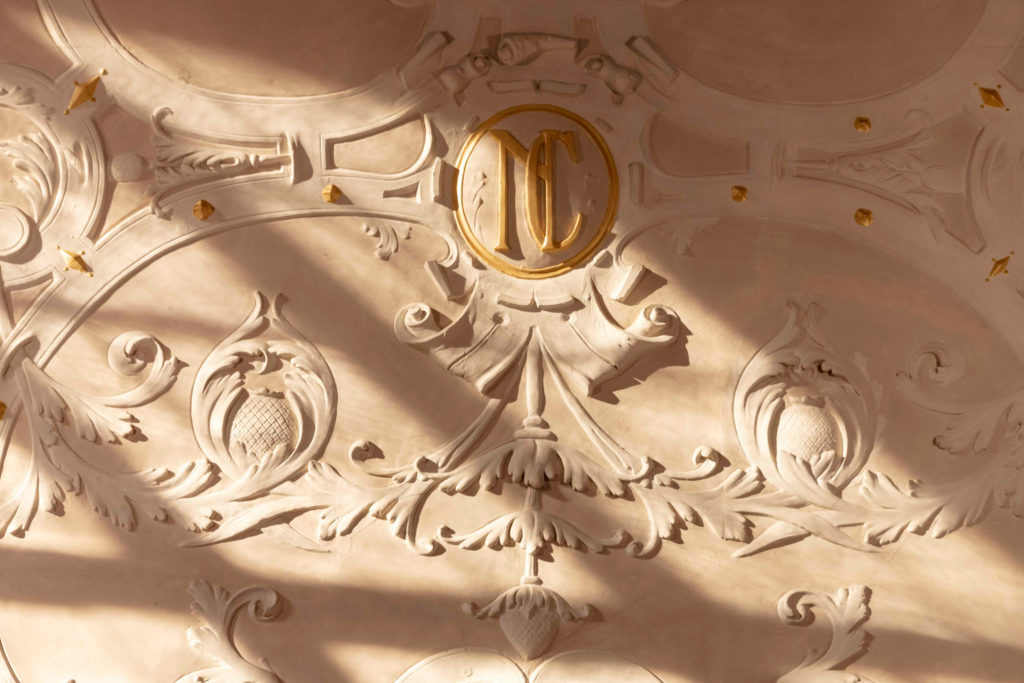Women’s War Work Record (1922)
In the aftermath of the First World War, with war memorials to fallen soldiers being put up across the country, a group of alumnae realised that their war work would be forgotten – unless they took action.
This book records the work done by 700 students and graduates of Newnham College. Intelligent, educated and independent-minded, the Newnham alumnae were a weapon in the War Office’s arsenal – though the War Office didn’t always recognise it.
These records show the crucial importance of educated professional women to the war effort. Women are recorded investigating industrial fatigue, carrying out ballistics calculations, investigating how vitamins might be preserved in sun-dried vegetables, making artificial limbs, and testing steel.
Middle-aged physicist Edith Stoney set up and ran x-ray facilities in hospitals on the front-line. As the battlefront moved, Edith survived three retreats, in camp hospitals in France, Serbia and Greece, working for the most part with the Scottish Women’s Hospitals Group. In each new camp, Edith got the lights on and the x-rays working, generating her own electricity where necessary. She introduced new techniques, including the use of x-rays to diagnose gas gangrene. All this was without the support of the War Office, who refused to countenance a woman radiologist on the British front line.
In 1914, Lorna Swain had just completed her studies, with a first class degree in mathematics. Quiet and unassuming in social interaction, she was confident and self-assured when talking about maths. Her plan to spend a year researching fluid dynamics in Germany came to an abrupt halt with the outbreak of war: she was able to return to England, but her books and papers had to be abandoned. The Royal Aircraft Establishment at Farnborough proved open-minded enough to take on a gifted mathematician, even though female: Lorna was recruited as an Aircraft Designer, applying mathematical expertise to the problem of propeller vibration. Her research resulted in an official memorandum for the Advisory Committee for Aeronautics.
Historian Dr Gill Sutherland comments, “What is striking is the determination and the success of the women to use their education and their professional training where it could help most. Few rushed off to offer themselves as untrained VADs; they knew they could make more of a contribution in other ways.”
This remarkable book was digitised by the UL in 2018, and can now be explored online: Women’s War Work Book online

